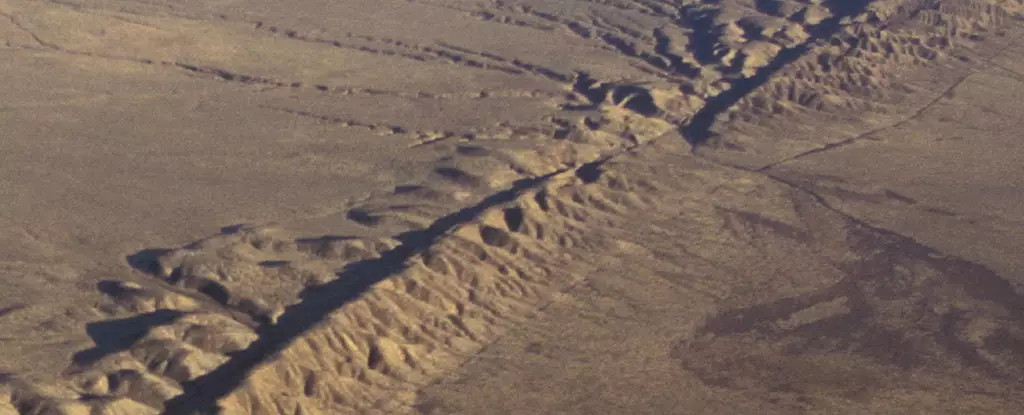For centuries, humanity has marveled at the raw power of earthquakes—catastrophic events that strike suddenly and with devastating force. Yet, behind these violent ruptures lies a lesser-known, insidious process: slow-slip earthquakes. These geological phenomena unfold gradually over days or even weeks, releasing seismic energy in a subtle, almost imperceptible manner. While they often escape our notice and cause no immediate destruction, their true significance lies in their potential to act as silent precursors to the next big disaster. In a world where urbanization extends into high-risk zones, ignoring these slow tremors is both reckless and dangerous. Far from being benign, their presence indicates underlying stress accumulation and, if misunderstood or overlooked, could catch communities unprepared for a catastrophic seismic event.
Why Slow Earthquakes Are a Double-Edged Sword
In recent scientific breakthroughs, researchers have begun to track these slow seismic slips in real time, revealing their critical role within tectonic systems. These so-called slow slip earthquakes are not mere geological footnotes; they are dynamic components that influence the stress landscape along fault lines. Their ability to act as a form of cosmic shock absorber—releasing pressure gradually rather than in violent bursts—gives us a unique window into what’s happening deep beneath the surface. However, this very mechanism introduces a paradox: while slow earthquakes might seem like a relief valve, they can also be harbingers of subsequent, more destructive quakes. The danger is that, if not properly understood, they can lull societies into false security or, worse, mislead scientists about the fault’s true state of peril.
The Limitations of Recent Technology and What It Means for Preparedness
Advances in sensor technology, such as specialized borehole instruments, have made it possible to detect minute shifts—mere millimeters—that signify slow slip activity. This progress is nothing short of revolutionary. Yet, it simultaneously underscores a grave oversight: most regions at risk of large earthquakes—like Cascadia—lack such sophisticated monitoring infrastructure. The Pacific Ring of Fire, with its complex web of faults and volcanoes, is a ticking time bomb, and our preparedness remains uneven at best. While scientists acknowledge the importance of monitoring slow slip events, policy and infrastructure lag behind the scientific understanding. This disconnect between knowledge and action is an urgent problem that leaves vulnerable populations exposed. Without comprehensive, high-precision monitoring, we risk being unable to forecast the precise timing or strength of a major quake, making disaster planning more of a guessing game than a science.
Implications for Society and the Future of Earthquake Preparedness
Understanding the nuanced role of slow earthquakes in the broader seismic cycle casts an unsettling light on our current approach to disaster risk management. These phenomena, linked to high fluid pressures and complex fault dynamics, represent an ongoing stress evolution that we have only just begun to unravel. If we fail to integrate this knowledge into our early warning systems and urban planning, we are essentially playing seismic roulette with our lives. Moreover, the seismic community must shift from reactive responses to proactive strategies, emphasizing continuous monitoring, public education, and resilient infrastructure. It’s not enough to simply respond when a quake hits; society must learn to anticipate, prepare for, and mitigate the hidden threats lurking beneath our feet. Recognizing slow earthquakes as crucial pieces of the puzzle compels us to rethink not only scientific priorities but also our collective responsibility to protect future generations from avoidable tragedy.

